DAAP – the Digital Archive of Artists’ Publishing – is an interactive, user-driven, searchable database of artists’ books and publications. It was built by artists, publishers, and a community of creative practitioners in contemporary artists’ publishing, and acts as a hub to engage with others. It has been developed via an ethically driven design process, supported by Wikimedia UK, Arts Council England and ongoing fundraising. If you would like to build your own archive and upload your materials get in contact at daap.signup@disroot.org. If you would like to support the archive please see here
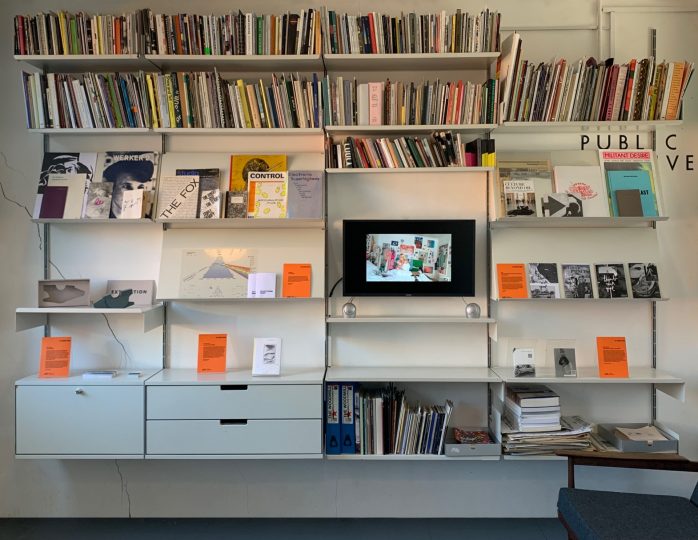
DAAP was inspired by the site of Banner Repeater’s public Archive of Artists’ Publishing on Hackney Downs train station, with 11,000 people passing a day, in response to the need for a similarly dynamic approach to archiving in an online context. Banner Repeater is an artist-led reading room and experimental project space founded by Ami Clarke in 2010, with an ambitious exhibition programme installed in a highly visible and accessible project space with a programme of events, talks, and performances, which introduce discussion and encourage debate of key issues in art today. Central to how it operates is its location, deliberately sited within the ebb and flow of the commuting public, enmeshed within the public transport networks in a busy thoroughfare of passing traffic, in order to distribute art and artists’ publishing directly into a main artery of the city of London. Networked strategies underpin Banner Repeater’s hybrid way of working in contemporary critical art practice, through the strong symbiosis between precedents set via experiments in text and publishing held in the Archive of Artists’ Publishing, and artistic practices engaged in networked strategies today, including social media and other networked connectivities. All of which help make visible, through experimentation, important ideas in art relating to the ‘copy’, questions of authorship, intellectual property, copyright, and the constitution of a ‘reading public’ – the dynamics of which have never been more pertinent to democracy than today.
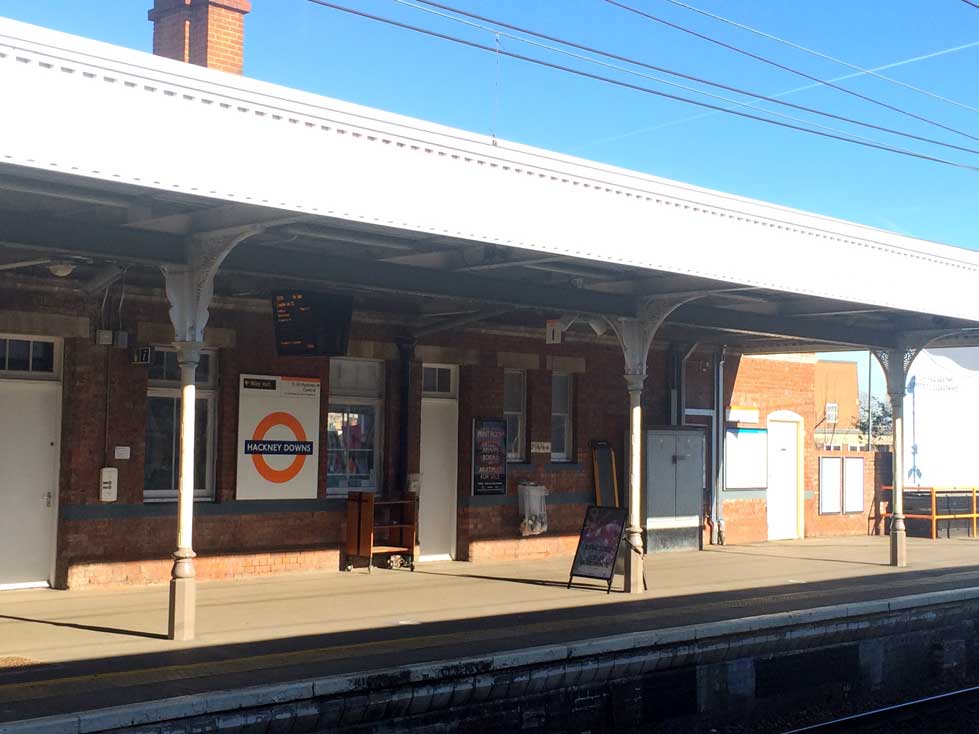
Background and context
Banner Repeater’s arts programme has been driven by critical concerns regarding technology and how precedents in publishing provide us with many insights into the complex human/tech entanglements of today. A posthuman position that acknowledges and thinks through the complexities of the subject emerging in synthesis with their environment, from a critical position, that questions the humanist project for only ever having privileged some humans over others. Publishing is particularly interesting in relation to this, as it developed alongside technological advances throughout history. Textual productions over time, tend to reveal how they inflect, as well as contain, traces of the ‘subject’ – that’s me and you – emerging in synthesis with their environment: that includes the means of production, and distribution, at any given time in history. A subjectivity that emerges through market relations, and in a present-day context, that means Twitter, Tik Tok, Instagram, Facebook and so on, enmeshed within the protocols of platform/surveillance capitalism. As such, there has been a tendency towards work that speaks about this human enmeshment with technology as multi-media assemblages that act as sites of affective experimentation and as a means to consider what might amount to ‘criticality’ within our accelerating technicity. The expertise that comes from experiences developed within experimental artists’ practice is highly valued in this instance and could be seen as vital in being able to deal with the complexities of today.
The pamphlet series: UN-PUBLISH, commissioned, and disseminated from BR, exemplifies these ideas as a series of critical works published on paper, with contributions from Zarina Muhammad, Yuri Pattison and others. Artists, and writers are commissioned by invitation to focus’ on new ideas and modes of writing and publishing within emergent technologies. Each edition works within the evolving assemblages of humans and technology we live in today, and as such, the works hold traces of an emerging subjectivity and the hardware and software through which they write. The name UN-PUBLISH refers to a conversation between Julian Assange (Wikileaks founder) and the curator Hans Ulrich Olbrist where Assange speculated that contrary to what we may suspect, traditional print media has a potentially longer shelf life, through the wide distribution of papers that might resist the censorious reach of the authorities, commercially or politically motivated. Many years have passed, and the seemingly democratic and open space of Web 2.0 and the global accessibility these protocols suggested, has shown since then, that the management of on-line information is exceptionally open to manipulation. Other exhibitions such as Snow Crash, The Map is the Territory, A Roll Of The Dice Will Never Abolish Chance, de-leb: the currency of data, Low Animal Spirits, Diagrammatic Form, and exhibitions by artists and curators such as Crepuscular Dreams of (Dis-) Alienation by Chooc Ly Tan, The Virosexuals by Orion J. Facey published by PSS with cover artwork by Danielle Brathwaite-Shirley, Nam Gut by Jenna Sutela, Reifying Desire by Jacolby Satterwhite, Silicon Plateau with Marialaura Ghidini, Prayas Abhinav and orbits.com, considered the new behaviours and the consequences of these, emerging with advances in technology today.
The exhibition Under/Valued Energetic Economy by Raju Rage in 2019, shared a map inspired by the lineages of the Kitchen Table Press (women of colour communities) in 1980’s, queer feminist DIY organising in 2000’s and anti-capitalist movements, as part of an ongoing process of thinking through knowledge, care and value, by highlighting connections, problems and strategies. During the months of the exhibition two workshops began the process of archiving the material collected by the artist and other contributors to the Under/Valued Energetic Economy map, exploring and developing methods and strategies appropriate for the archiving of his/her/theirstories, with attendees of the workshops.
Developed alongside Banner Repeater’s artistic programme, DAAP is also asking urgent questions about how to build software/platforms better (for the user). Questioning what a top-down ‘community’ platform such as Facebook really amounts to, where outrage drives an economy of attention, and value is harvested in the form of ‘likes’ and behavioural data analysis, that can be seen in hindsight to lead to the manipulation of voters in various elections.
Questions of access, privilege, and the rights to knowledge, are exemplified by online flame wars, amidst the distracting cries of ‘fake’ news, with access to knowledge a key driver for social and economic development as Wikimedia, Hannah Arendt and Mercedes Bunz, can all attest. Shoshana Zuboff’s fieldwork, for example, shows how the new knowledge territories emerging alongside the capacity to analyse processes and behaviours, also result in political conflict over the distribution of knowledge, as surveillance capitalists ‘declared their right to know, to decide who knows, and to decide who decides’.
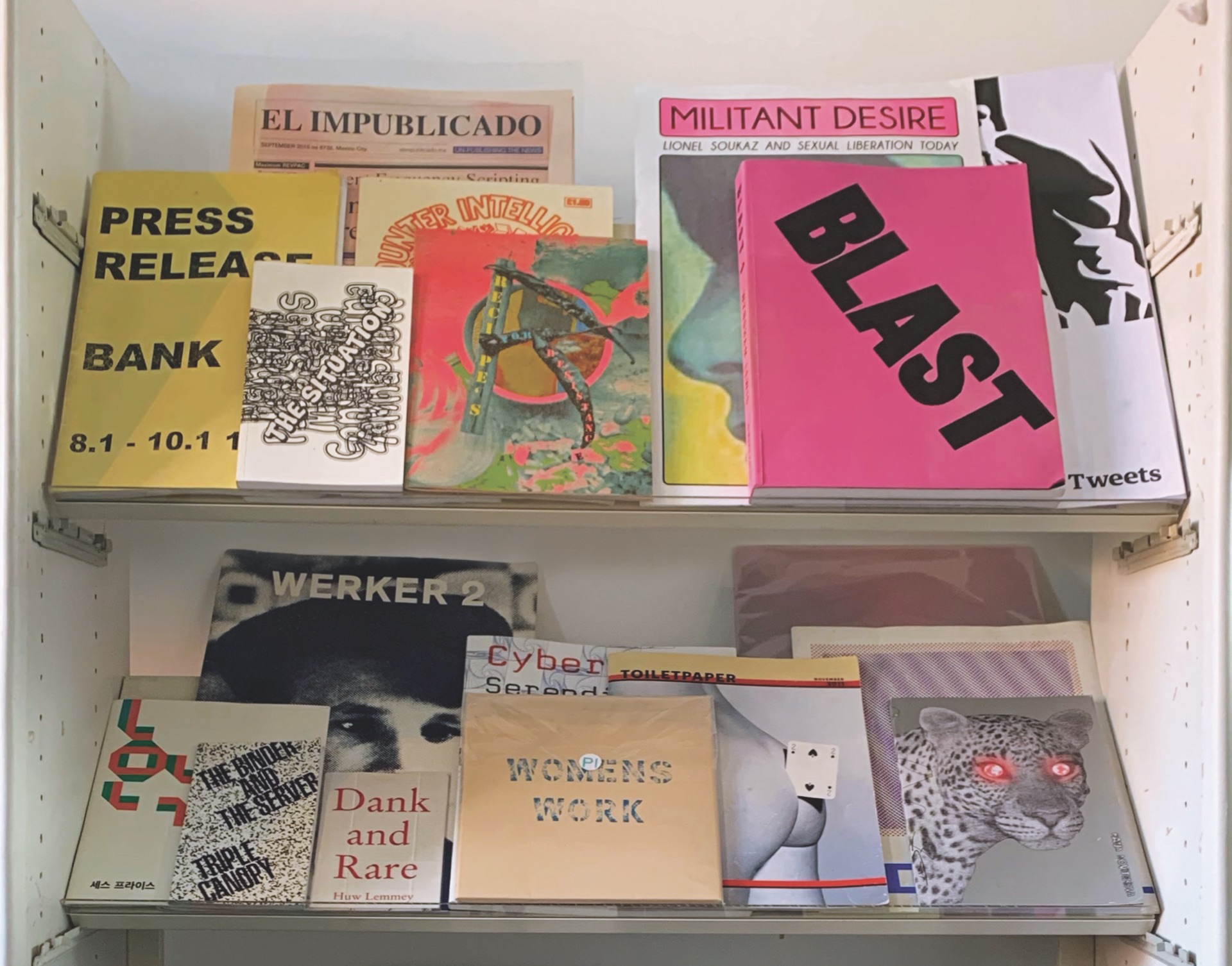
Artists’ publishing is fantastically complex, with practices that range from the paperback to performance, long at the fore of pushing the potential for critical engagement, via feminist, post-colonial, queer, anti-ableist, and anti-capitalist critiques. Often these artists deploy strategies meant to evade the market or prevent an easy reading that falls in step with oppressive structures inherent within language, for instance. An important aspect of the database was to make it possible to include everyone who sat at that kitchen table, back when the ideas began to flow, whilst making it possible to self-identify as you wish, and include a vast array of roles not usually considered worthy of inclusion. There is also recognition that what constitutes the ‘we’ of community, also comes about through working practice as an ever-changing constitution. As such, with the DAAP, we have attempted to develop a database which is sufficiently complex whilst remaining searchable, that affords multiple histories to develop, seeking to confront issues of authorship and representation, whilst addressing the challenges of cataloguing often deliberately difficult to categorise materials.
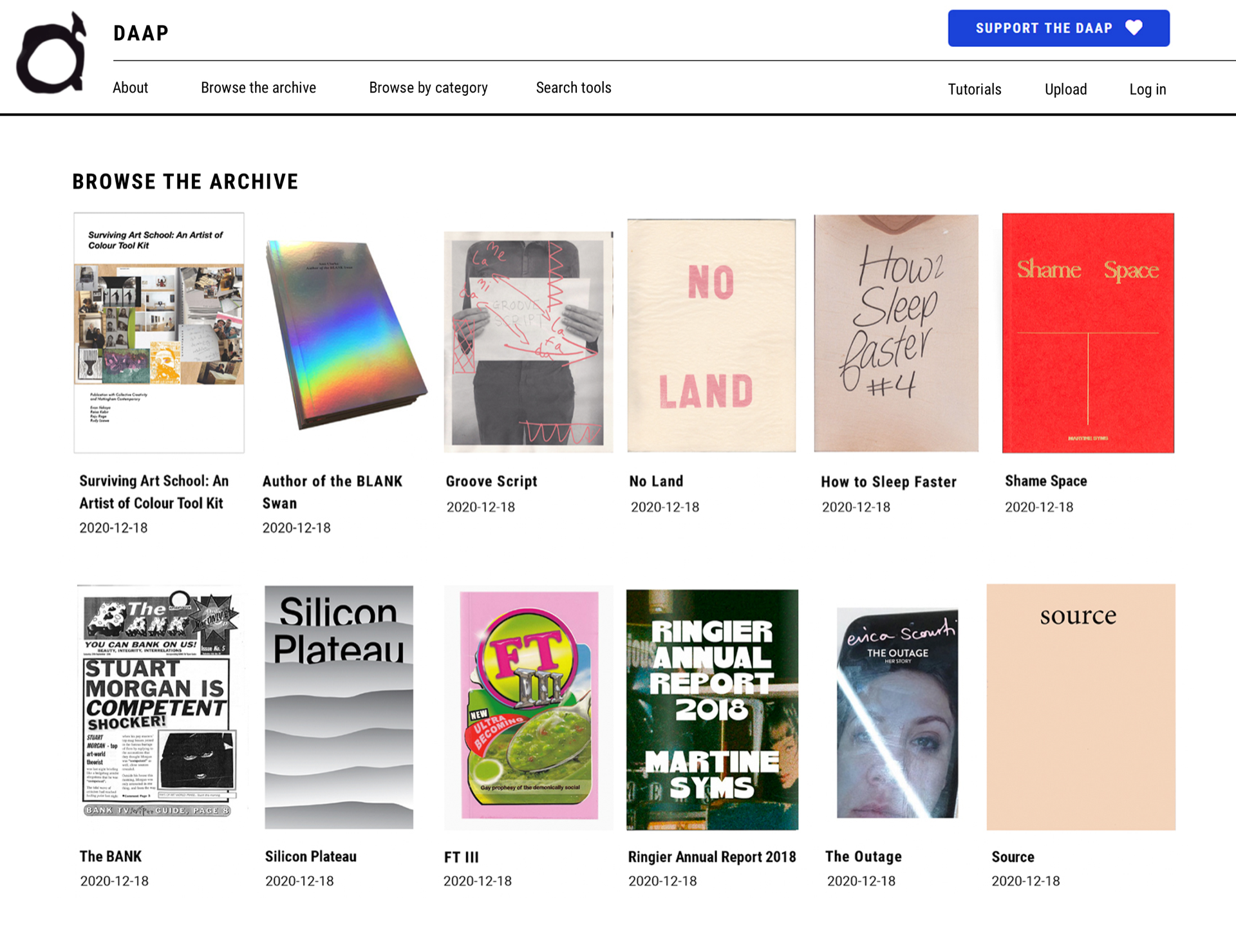
fLUIDITY and MULTIPLICITY
We have prioritised inclusivity from the start, privileging anecdotal histories and multiple perspectives alongside factual data. The Wiki-style approach is central to this, as it means users can upload their own material, single items, or entire collections, choosing appropriate sharing permissions at the time of upload. Entire collections can sit next to one another, maintaining their integrity, but able to be in conversation with each other, as users compare items shared across different histories. DAAP aims to make visible the interrelations between publications, artists, and communities, emphasising the multiplicity of the historical record — something that traditional archives typically do not account for. In contrast to the authoritative voice of the archivist, DAAP proposes itself as a ‘gossipy’ archive: holding and recording many voices and the ways they speak to and with one another.
The driving question of such an archive is: how can we best serve all those who have objects to be deposited here as evidence of their and others’ creative lives? This means being hospitable to the autonomy and fluidity of the people and objects held within it, opening possibilities for change (of both the subject and the labelling language) that are usually anathema to the rigidity of record-keeping. DAAP attempts to answer this call from marginalised subjects, particularly PoC and LGBTQ+ people, who are disciplined or made invisible by traditional archiving, through Linked Open Data (LOD). We have recognised the need for a new system of archiving: one that is not static and hierarchically based on the external assignment of “identities” that group and divide objects, but rather one that privileges community over categorisation, and is able to welcome flexibility, change, and self-definition.
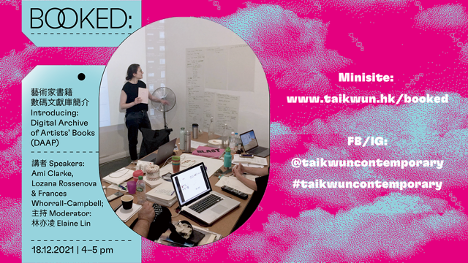
Critical archival infrastructure
LOD offers opportunities to overcome some of the existing limitations of fixed digital archival systems that rely on a limited number of controlled vocabularies and pre-set metadata relations. LOD is data that is structured in a machine-readable format and published openly on the web. Crucially, it can connect very diverse sets of data distributed across heterogenous data resources and is, therefore, an increasingly popular concept among GLAMs (Galleries, Libraries, Archives, and Museums).
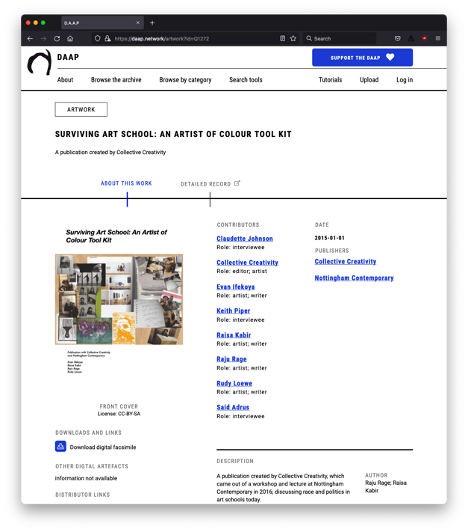
LOD uses a flexible structure of data statements which can also have references and additional qualifiers. In the DAAP’s data model, statements consist of items, properties, and values, with properties acting as links that connect different concepts (items) to different values in the database, which could be other items, dates, URLs, plain text values, or more. References add provenance information to statements, while qualifiers enrich statements with specifics such as the time period during which a particular statement can be considered valid, or the specific type of role a value plays within the statement, etc. The model structure of items, properties, and values, alongside the terms used to denote these, can evolve and change to suit contextual requirements. Nothing has to be decided and fixed in advance by a central authority. The overall logic of the database architecture is thus a networked one, rather than the traditional fixed tables or hierarchical trees common in other software tools.
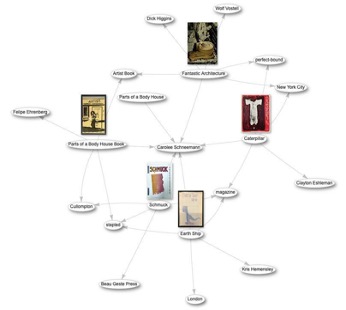
DAAP adopted the open-source software Wikibase as a flexible alternative to traditional content management systems. Wikibase comes out of a community of critical engineers who deliberately choose not to follow the models and ethics of commercial software. This alternative, critical infrastructure can connect publications and artists whose materials would typically be distributed across heterogeneous and siloed collections, or may not have been collected and described at all before. In order to customise the software and its internal data model to suit the specific needs of artists’ publishing, DAAP involved not only technical development, but a wide range of activities focused on community-building and collaboration around the design of the data architecture and eventually the access interface for users.
To sum up, the LOD environment allows for more fluid and user-driven methods of archiving to grow, whilst remaining searchable. Autonomy is given to the user to archive themselves or their community, and LOD provides them with the necessary tools to produce a fluid record: the archive is ‘animated’, made living rather than burying its subjects. Utilising LOD also brings to the surface new and unexpected data connections across diverse collections of artefacts, providing a resource to link to other archives and communities, whilst visualisation tools offer new possibilities of conducting research with data on artists’ publications.
A communal, conversational practice
Technology has a tendency to draw out like a poultice existing biases and discriminations in the world precisely because of this ludicrous notion of neutrality, when in actuality what this does is privilege a certain status quo, i.e., that of a predominantly white, western, male perspective. It is humans who design software and interact and engage with it through very specific dynamics, that include the highly exploitative practices of capitalism, often predicated upon extractive relations that can be traced to colonial times. Unsurprisingly, unless you take account of these power dynamics, tech, when thought of as ‘neutral’, has a tendency to amplify existing systemic violences.
How search criteria, and other structural aspects of archiving contribute to this, is an ongoing conversation that drives the development of DAAP, drawing from the experiences of users, archivists, and technologists. The native features of the LOD environment have been activated within a communal practice, for the project to support an equitable, and ethical design process throughout the archive development. This in itself, is a vital and ongoing conversational process in which mistakes can be made, discussed, and rectified. Workshops have facilitated much of these conversations so far, with a host of users, as well as experts joining in discussion and debate that will continue as the archive continues to grow.
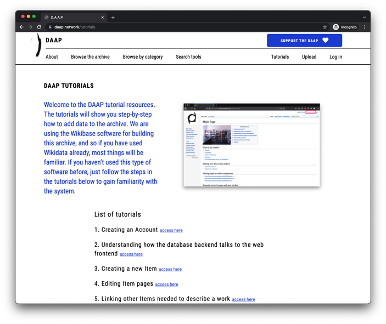
Given the complexities of the underlying materials – artists’ books and publications, corresponding gossip and multiple histories – and the fluid capabilities of the digital environment, there is a strong educational need to make clear the reasons ‘why’ you might want to share something, and in what format would be most apt. Or, perhaps, why you might not. There has been an emphasis on developing guidance and tutorial materials related to questions that go beyond the mere mechanics of the archival interface. In simple terms, for example, if you wanted to circulate something widely, it may be advantageous to connect out from the DAAP to the vast expanse of Wikimedia Commons, that the DAAP is a part of, but separate from. It may also be wise to hold back the distribution of the digital file of the book that you’ve just published in print, at least for a while. The nuances of different forms of Creative Commons (CC) licensing is another important topic to unpack, or how different categorisations enable different ways to browse and navigate the archive, in some cases deliberately making it harder to do so. A big part of the work so far has been enabling users by producing educational materials that can help inform decisions regarding the uploading of materials, licensing, or choosing appropriate categorisations for themselves.
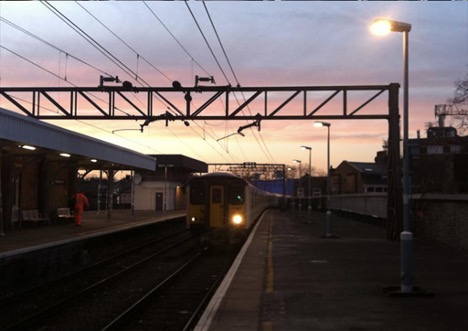
Browse the DAAP here and learn more about how you can get started contributing your own materials. Or head over to our tutorial materials to learn more.
The DAAP is built by a diverse, interdisciplinary team; read more about the people behind the project on our team page.
References:
Bunz, M. 2013. The Silent Revolution: How Digitalization Transforms Knowledge, Work, Journalism and Politics without Making Too Much Noise. Palgrave.
Zuboff, S. 2018. The Age of Surveillance Capitalism: The Fight for a Human Future at the New Frontier of Power. Profile Books.
Di Franco, Karen. 2020. “Embodied Iteration: materialising the language of writing and performance in women artists’ publishing (1968-1979).” PhD Diss. University of Reading
Frances Whorrall-Campbell is a British writer, researcher, and artist. Their writing on art and culture can be found in Art Monthly, Art-Agenda, and The Architectural Review. Frances is also an archivist and is currently working with Banner Repeater and the Digital Archive of Artists’ Publishing to develop non-hierarchical and inclusive practices.
Lozana Rossenova is a a digital humanities researcher and designer based in Berlin. She is a Postdoctoral Researcher at the Open Science Lab in TIB Hannover, working on the NFDI4Culture project for a national research infrastructure of cultural heritage data. Lozana also serves as the Technical Lead for the Digital Archive of Artists’ Publishing. Previously, she worked on the Rhizome archive of net art as part of her PhD studies at London South Bank University.
Ami Clarke is an artist working within the emergent behaviours that come of the complex protocols of platform capitalism in everyday assemblages, with a focus on the inter-dependencies between code and language in hyper-networked culture. She is founder of Banner Repeater; a reading room with a public Archive of Artists’ Publishing and project space, opening up an experimental space for others, on a working train station platform, Hackney Downs station, London. Ideas that come of publishing, distribution, and dissemination, that lead to a critical analysis of post-digital art production are shared in her practice as an artist and inform the working remit of Banner Repeater.

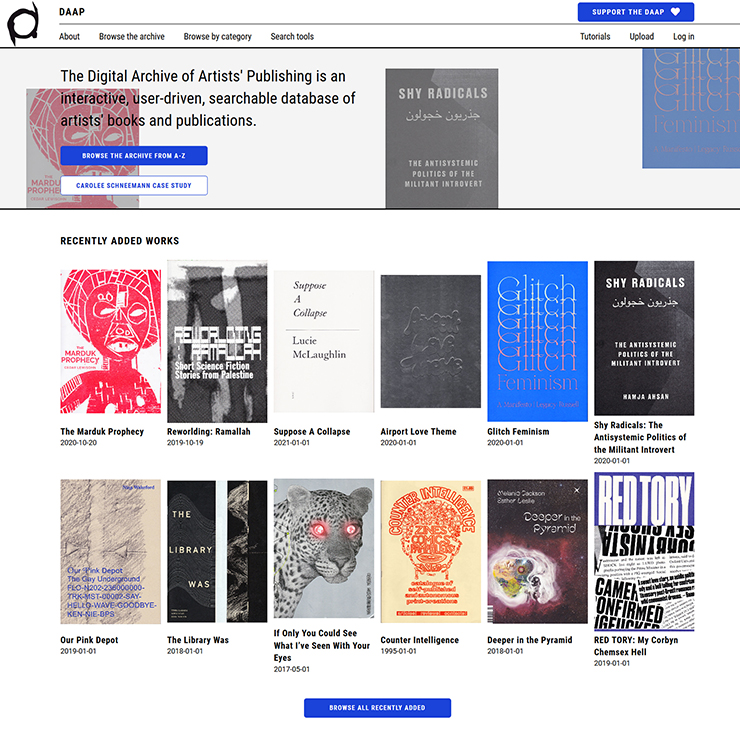
Published by